Pam Tompkins, CSP, CUSP

Pam Tompkins, CSP, CUSP
Pam Tompkins, CUSP, CSP, is president and CEO of SET Solutions LLC. She is a 40-year veteran of the electric utility industry, a founding member of the Utility Safety & Ops Leadership Network and past chair of the USOLN executive board. Tompkins worked in the utility industry for over 20 years and has provided electric power safety consulting for the last 20-plus years. An OSHA-authorized instructor, she has supported utilities, contractors and other organizations operating electric power systems in designing and maintaining safety improvement methods and strategies for organizational excellence.
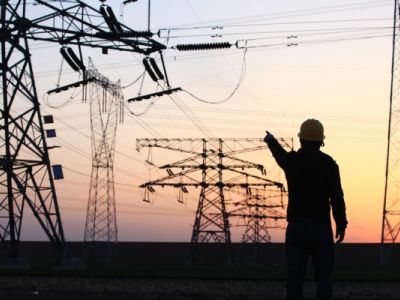
Employee-in-Charge Requirements
When was the last time your organization discussed or highlighted the importance of the employee in charge (EIC)? The EIC has the responsibility to ensure job site success, so it is one of the most important job functions within your company. And because electric power workers perform jobs with extremely high-risk hazards that require successful […]

Are Compliance Grungs Taking Over Your Organization?
Do you have a safety culture that focuses solely on safety compliance and the use of personal protective equipment? If so, you probably also have the dreaded Compliance Grungs, which can secrete poisons throughout your organizational safety culture. What exactly are Compliance Grungs, and how do deadly creatures relate to anything associated with safety? Deadly […]

How to Develop a Contractor Safety Management Standard
Have you ever questioned whether a contractor or subcontractor was qualified to perform electric power work? If so, you should consider developing a contractor safety management standard. This type of standard defines minimum safety requirements that contractors must adhere to when they perform work for your company. Years ago, many electric power organizations used contractual […]
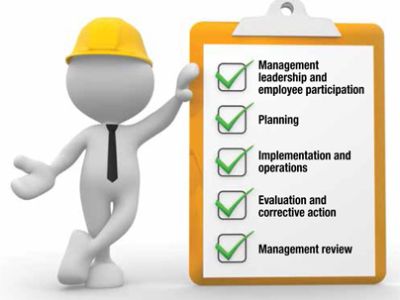
Does Your Company Have an Effective Safety Management System?
Your safety program can have fully developed rules and procedures, a top-notch training program and the best safety equipment and tools money can buy – and there is still the possibility that it may not be successful. Although these things are extremely important and necessary, safety success will not occur until your safety program becomes […]
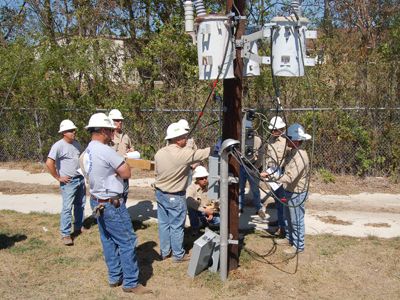
Understanding OSHA Electric Power Training Requirements
Are your employees performing work on or near electric power generation, transmission or distribution facilities? If so, whether they are performing electrical or nonelectrical work, electrical training is required. The training provided must ensure employees can identify electrical hazards and employ safe work methods to remove or control the hazards for their safety. Covered Work […]
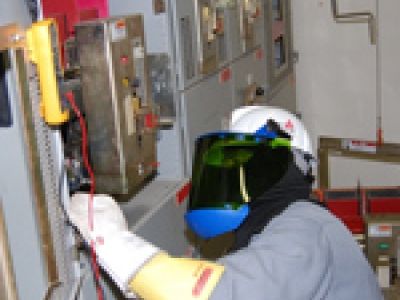
Arc Flash Exposure Revisited: NESC 2012 Part 4 Update
The 2012 edition of the National Electrical Safety Code (NESC) hit the streets August 1. The updated code adds a new dimension to electric utility arc flash implementation with the inclusion of voltages from 50-1000V. Previous editions have required employers to assess voltages over 1000V for potential electric arc flash exposure and to provide clothing […]
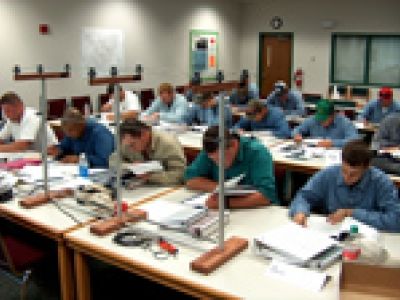
Employee Training: How Hard Can It Be?
We all know high-quality training must take place to ensure the overall development of employees. Does having a well-trained employee mean the employee only attends a monthly safety meeting to gain training knowledge? Certainly not. Training should provide employees with a continual understanding of job task requirements, task-associated hazards and the appropriate abatement strategies for […]
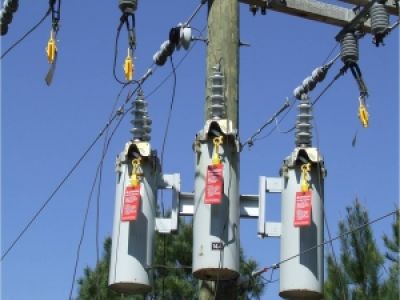
LOTO vs. Switching and Tagging
Electric utilities have unique issues that are not easily addressed in a traditional LOTO program. Traditional programs typically address equipment and system designs that rarely change. This is certainly not true with electric utility Transmission and Distribution (T&D) programs. LOTO procedures are dynamic, changing from day to day and sometimes from hour to hour. So […]
NESC-2012-Part 4: Summary of Change Proposals
NESC-2012 change proposals have been published and are available for comment through May 1, 2010. Subcommittee 8, Work Rules Sections 40-44, is responsible for the changes to Part 4 of the NESC. The main change proposal includes a requirement for employers to determine potential electric arc exposures for employees who work on or near lines, […]

